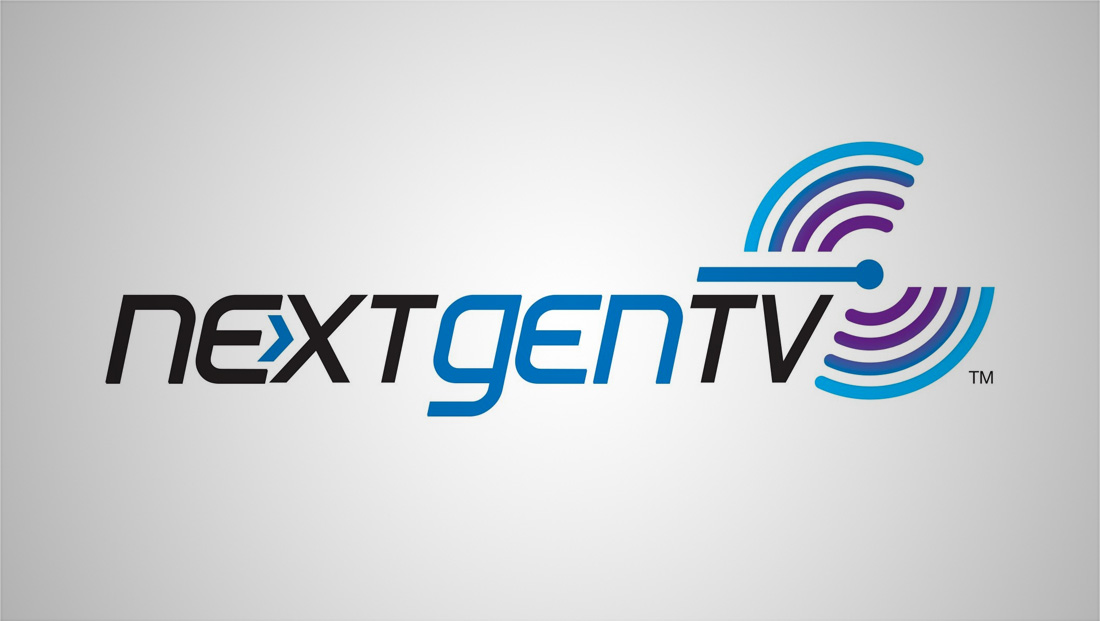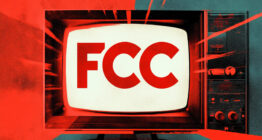Sinclair urges regulatory certainty for NextGen TV rollout

Subscribe to NCS for the latest news, project case studies and product announcements in broadcast technology, creative design and engineering delivered to your inbox.
Sinclair Broadcasting executives met with Federal Communications Commission Chairman Brendan Carr on August 19 to advocate for expedited rulemaking on the transition from ATSC 1.0 to ATSC 3.0 broadcast standards, according to a notice of ex parte communication filed with the agency.
Chris Ripley and Patrick McFadden from Sinclair discussed two key regulatory matters with Carr and his staff: the national television ownership cap and the National Association of Broadcasters‘ petition to establish a sunset date for legacy ATSC 1.0 transmissions.
The meeting focused heavily on the broadcast standard transition.
Sinclair representatives emphasized the need for regulatory certainty to accelerate consumer device adoption for ATSC 3.0, also marketed as NextGen TV. The newer standard enables broadcasters to transmit ultra-high-definition video, interactive content, and mobile services.
“The best way to spur the availability of more consumer devices is to provide certainty regarding a sunset,” the filing stated. Sinclair argued that establishing firm transition deadlines would encourage manufacturers to produce more ATSC 3.0-compatible receivers and converters.
The company urged the FCC to issue a Notice of Proposed Rulemaking that would support ending ATSC 1.0 signals in the top 55 television markets by February 2028, with remaining markets transitioning by February 2030. This timeline aligns with the NAB’s petition filed earlier this year.
Sinclair framed the transition as urgent for the broadcast industry’s competitive position.
The filing notes that broadcasters face “rapidly increasing competition from new platforms” and described ATSC 3.0 as an opportunity to “diversify their revenue streams” beyond traditional advertising.
The next-generation broadcast standard allows stations to offer new services, including targeted advertising, data transmission and emergency alerts with enhanced geographic precision. However, adoption has been gradual since the FCC first approved ATSC 3.0 transmissions in 2017.
Consumer electronics manufacturers have been cautious about producing ATSC 3.0 devices without clear regulatory timelines, creating a circular challenge for the industry. Broadcasters need consumer adoption to justify investment in the new technology, while device makers want assurance of market demand.
The FCC has not indicated when it might act on the NAB petition.
The commission is also considering changes to national ownership rules that would affect how many stations broadcasting companies can own nationwide.
Subscribe to NCS for the latest news, project case studies and product announcements in broadcast technology, creative design and engineering delivered to your inbox.





tags
Brendan Carr, Chris Ripley, FCC, NextGen TV ATSC 3.0, Patrick McFadden, Sinclair Broadcast Group, sinclair broadcasting
categories
Broadcast Business News, Broadcast Engineering, Heroes, NextGen TV, Policy